
Stopping polio transmission will require addressing persistent challenges to vaccinating every child.

Stopping polio transmission will require addressing persistent challenges to vaccinating every child.

A central team led by the National Centre for Disease Control stresses that Nipah virus in India is not a major outbreak, but a local occurrence, and the situation is currently under control.

Increased stewardship may reduce administration of drugs to low birth-weight babies designed to prevent early-onset sepsis.

Study data suggest stimulants could be causing the virus to become more active and could expand the HIV reservoirs of patients.

The FDA has provided marketing clearance for a device capable of detecting specific sepsis-causing bacterial pathogens directly from a whole blood specimen in about 5 hours.

The results of 2 studies indicate that patients who are overweight or obese have better mortality outcomes than patients who are at a normal weight when it comes to fighting off infectious diseases.

Despite public health recommendations, a new study has found that too many adolescents and young adults in the United States are failing to complete the full vaccination course for HPV.

A new study finds that most infection prevention and control programs require more staff and existing models are woefully inadequate.

In time for the Memorial Day weekend, the US Centers for Disease Control and Prevention released a report indicating that 1 in 3 swimming-related disease outbreaks in the United States occur in hotels.

Flesh-eating infections caused by group A strep bacteria can be deadly but researchers may have found the key mechanism the pathogen uses to elude our immune systems and some potential ways to stop it.

Study results indicate that starting combination antiretroviral therapy early can stave off further neurological damage associated with HIV infection.

In case you missed them, we’ve compiled a list of the latest recalls posted this week.

Stay up-to-date on the latest infectious disease news by checking out our top 5 articles of the week.

Findings from a recent study find enduring effects of LDH on learning and memory, suggesting potential clinical utility in women with HIV.

With optimal distribution, even low-efficacy flu vaccines can make a difference, although their benefits vary somewhat depending on which age group has a high uptake rate.
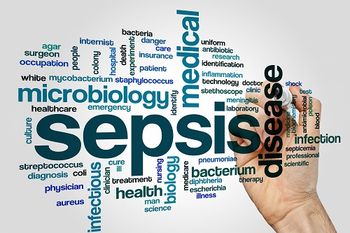
A new study finds that some patients with sepsis who are discharged after initial treatment, and then seen through outpatient follow-up still have positive outcomes.

Study finds C. auris contamination is high in northern Colombia health systems, indicating need for adherence to prevention and disinfection protocols.

The advent of antiretroviral therapy has increased lifespans for those with HIV, meaning there’s a greater need to address the rising incidence of cancer in this aging population.
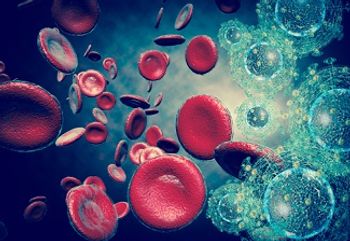
New research suggests that too many patients with acute infections are dying in one South African city affected by high rates of HIV and TB.

Congress has voted to pass the right-to-try bill, which will provide terminally ill patients with the ability to seek out experimental therapies not yet approved by the FDA.

Ambulatory antibiotic stewardship interventions are more effective when focused on tools, technology, the person, organization, tasks, and environment components.

The virus associated with the Middle East may or may not pose a threat to the United States, but researchers here are still working hard to find treatments and preventative vaccines.
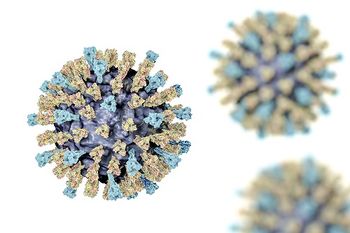
Following recent reports that England has seen more measles cases so far in 2018 than in all of 2017, health officials are combating outbreaks of the virus with vaccination clinics.
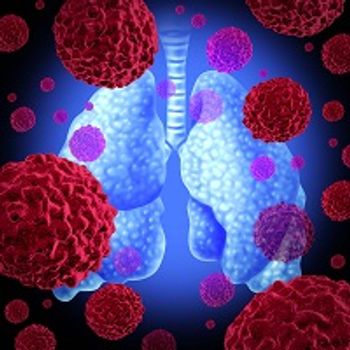
Nabriva Therapeutics plans to file a New Drug Application with the FDA in the fourth quarter of 2018.
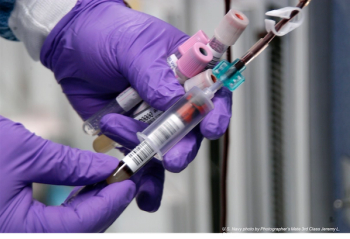
Procalcitonin levels can help differentiate bacterial and viral infections but did not influence antibiotic prescribing in hospital emergency departments.
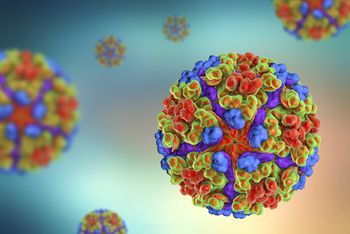
Researchers identify a molecule found on human cells and some animal cells that could be a potential target for drugs against chikungunya virus and related diseases.

Bruce A. Mueller, PharmD, shares some of the pharmacokinetic alterations that occur in patients who are in acute kidney failure in the intensive care unit.
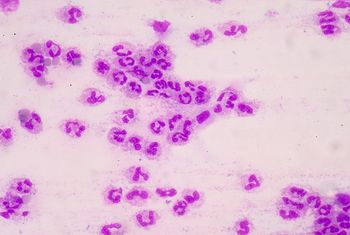
In sepsis patients undergoing CT imaging, contrast media administered intravenously does not significantly raise the risk of acute kidney infection.
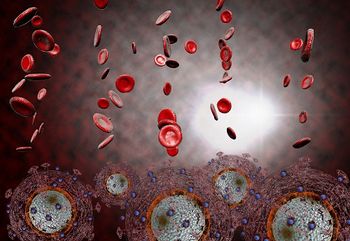
Primary care physicians are using an innovative heatmap, customized web-based software, and an extensive survey to reduce the number of new HIV diagnoses and increase viral suppression rates in patients with HIV.

Can biodebris left in instruments be sterilized?